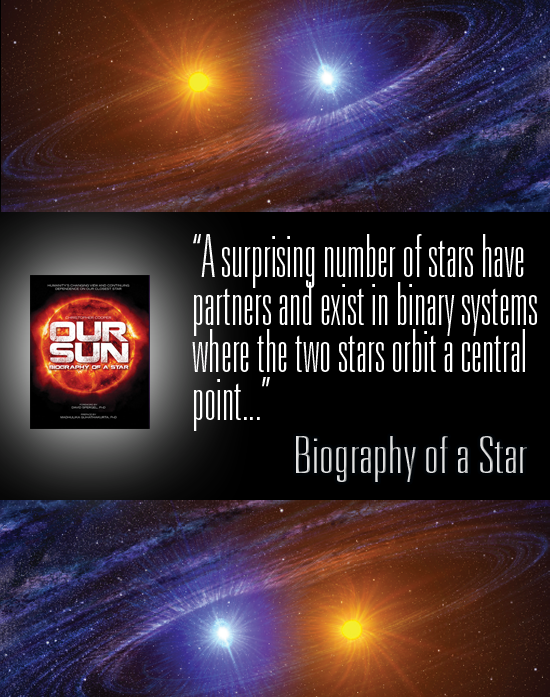Sometimes, at cocktail parties, people interested in science and people interested in publishing and literature can’t find much to talk about. They may make small talk about the artichoke dip or the cocktail weenies, but the well runs dry pretty fast. Once I spent an entire weekend with a group of surgeons. I had nothing to say the entire weekend.
Anyway, my point is this: there is actually a great deal of common ground that we can mine from the classics. From science fiction, to references to scientific progress and discovery, classic literature is filled with lessons about the world of test tubes, beakers, force, and mass. Below are five such lessons.





To Science, a sonnet by Edgar Allan Poe:
Science! true daughter of Old Time thou art!
Who alterest all things with thy peering eyes.
Why preyest thou thus upon the poet’s heart,
Vulture, whose wings are dull realities?
How should he love thee? or how deem thee wise,
Who wouldst not leave him in his wandering
To seek for treasure in the jewelled skies,
Albeit he soared with an undaunted wing?
Hast thou not dragged Diana from her car,
And driven the Hamadryad from the wood
To seek a shelter in some happier star?
Hast thou not torn the Naiad from her flood,
The Elfin from the green grass, and from me
The summer dream beneath the tamarind tree?
Edgar Allan Poe is famous for his horror and lovesick mystery, but was also a prolific science fiction writer. He writes about science-based fantasy, such as galvanism, time travel and resurrection of the dead. Poe wrote one story in which a man travels to the moon in a hot air balloon. Poe proves there is no science fiction without a thorough study of science.
“The sciences, each straining in its own direction, have hitherto harmed us little; but some day the piecing together of dissociated knowledge will open up such terrifying vistas of reality, and of our frightful position therein, that we shall either go mad from the revelation or flee from the deadly light into the peace and safety of a new dark age. ”—HP Lovecraft
Lovecraft was not only a science fiction writer, but also a prolific writer of science. His fiction, which delves into magic and aliens, is well-informed by his intense study of astronomy and chemistry. He’s penned such articles as, “My Opinion as to the Lunar Canals,” “Trans-Neptunian Planets,” and “Delavan’s Comet and Astrology.” His knowledge of science surfaces in his stories even in the names of his imagined creatures, like Flying Polyps, and the technology he describes as belonging to alien beings is structurally sound and leads the reader on a scary but realistic-sounding journey.
You knew he was a sleuth, but did you know he was a chemist? Sherlock Holmes is a devoted chemist, even spending his holidays at college working on organic chemistry experiments and maintaining a lab on Baker Street (he calls it a “chemical table”). It’s true that nearly all Sherlock Holmes stories contain a reference to chemistry in some form or another. Several times Holmes mentions copper and zinc, while other times the clues lead him to sulphuric acid and more heavy duty poisons.

Luigi Galvani, the namesake of the field of inquiry called “galvanism” conducted a demonstration around 1790, in which he sparked a frog with electrical based nerve impulses. The frog twitched and jumped. Mary Shelley, author of Frankenstein, took note. “Perhaps,” Mary Shelley said in conversation with Lord Byron and Percy Shelley, “a corpse would be reanimated; galvanism had given token of such things.”
Now we know that the muscles contract when stimulated by electrical impulses, and similarly, our brain reacts when neurons spark and connect. The modern study of galvanic effects in biology is called electrophysiology, though people still reference Mary Shelley’s Frankenstein when they speak of being “galvanized” to action.

William Shakespeare was born the same year as Galileo. He lived a lifetime of new discovery and great revolutions in scientific and astronomical thinking. Surprisingly, however, there is very little about astronomy in his works.
Where the bard’s scientific mind is revealed is in his references to medicine. For example, Shakespeare wrote about the blood circulating in the body before this fact was proven by William Harvey around 1616, when Caesar says to Portia, “You are my true and honourable wife, as dear to me as are those ruddy drops that visit my sad heart.” His medical knowledge seemed to far surpass other laypeople of his time, evidenced by his accurate use of the terms cicatrix, impostume, hectic, cataplasm, hysteria, prescription, infection, and infusion.























